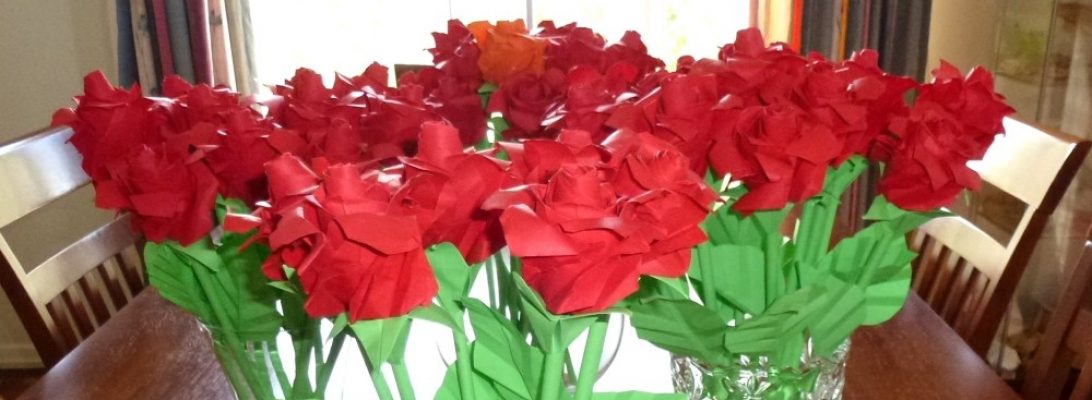After much care and attention, diligently following expert lessons (courtesy of MrOrigami’s Daniel Brown), I have managed to successfully navigate lessons 1-11 in what promises to be an ever intensifying journey towards understanding the whole model. This is PART 2 of a previous post. Part 3 also exists.
Along the way I have learned a LOT about myself – patience is it’s own reward. If at first you do not succeed, try, try and try again (something I needed to do for lesson 11 – which I folded 4 times until I got it right, each attempt taking me 12ish hours)

I can see why Satoshi Kamiya (the astonishingly talented designer) has not folded lots of these – the detail (and there is LOTS of details here, most you cannot see) needed to let the paper sit correctly whilst transitioning between elements is breaking my brain.
So far, I have learned elements of the design in isolation:
The lessons after this appear to tackle larger and more complex chunks – the aim to get all pieces to co-exist on the same sheet.
Interestingly, although it is time consuming, I am finding the process fascinating, each piece gains a sort of momentum that propels me on to finish it and get it right, and I look forward to the next part with a sort of morbid curiosity.
I bought some WIDE Kraft online (90cmx30m) and, depending how it behaves, intend to laminate 2 strips together to make a square nearly 2m x 2m as my first attempt of the whole model – no idea if that will be big enough, we shall see.
The Lessons continue. Continue reading →



























